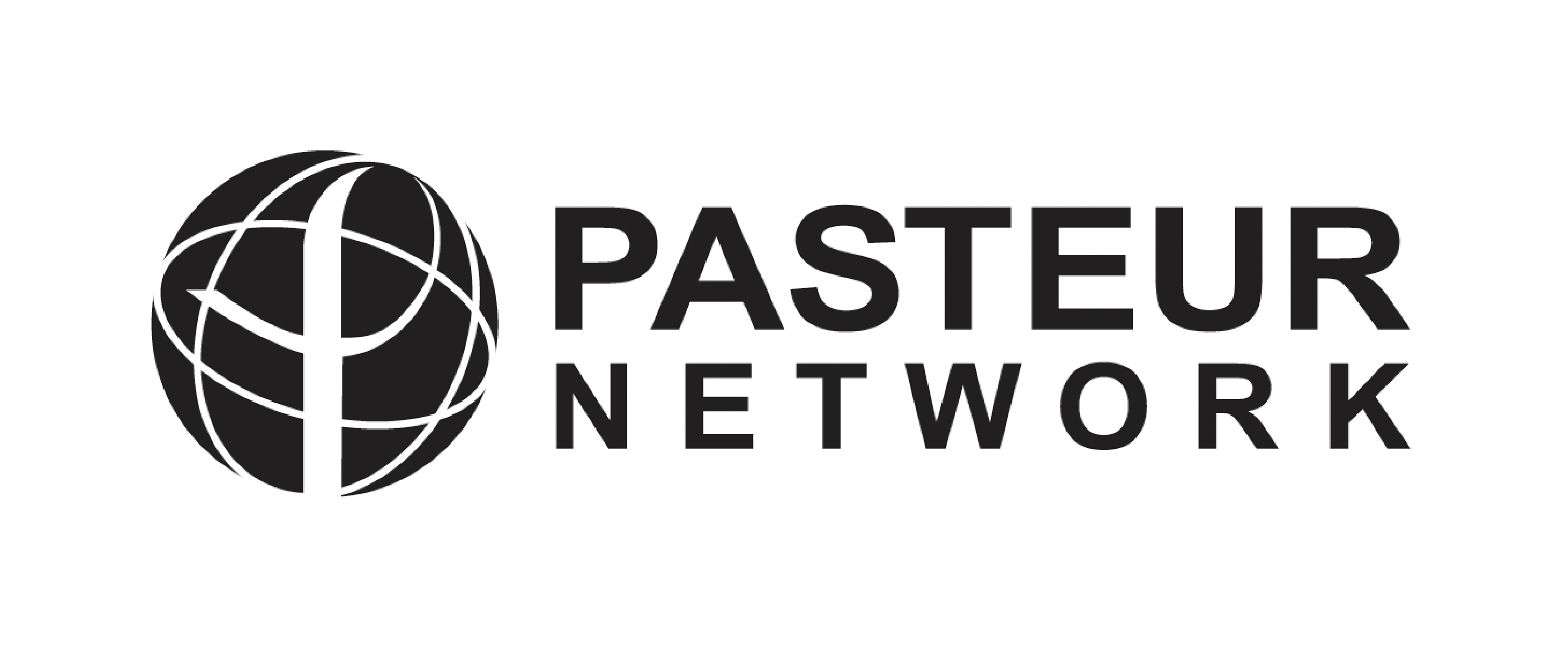Evaluation of Zika rapid tests as aids for clinical diagnosis and epidemic preparedness
Résumé
Background
Development and evaluation of diagnostics for diseases of epidemic potential are often funded during epidemics, but not afterwards, leaving countries unprepared for the next epidemic. United Nations Children's Emergency Fund (UNICEF) partnered with the United States Agency for International Development (USAID) to address this important gap by investing in an advance purchase commitment (APC) mechanism to accelerate the development and evaluation of Zika rapid diagnostic tests (RDTs) for case detection and surveillance. This paper describes the performance evaluation of five Zika RDTs eligible for procurement.
Methods
A network of European Union-funded ZikaPLAN sites in Africa, Asia, Latin America with access to relevant serum specimens were selected to evaluate RDTs developed for the UNICEF APC mechanism. A standardised protocol and evaluation panels were developed and a call for specimens for the evaluation panels issued to different sites. Each site contributed specimens to the evaluation from their biobank. Data were collated, analysed and presented to the UNICEF Procurement Review Group for review.
Findings
Three RDTs met the criteria for UNICEF procurement of sensitivity and specificity of 85% against a refence standard. The sensitivity/specificity of the ChemBio anti-Zika Virus (ZIKV) immunoglobulin M (IgM) test was 86.4 %/86.7% and the ChemBio ZCD system for anti-ZIKV IgM was 79.0%/97.1%, anti-dengue virus (DENV) IgM 90.0%/89.2%, anti-Chikungunya virus (CHIKV) IgM 90.6%/97.2%. The sensitivity/specificity of the SD Biosensor anti-ZIKV IgM was 96.8 %/90.8%, anti-DENV IgM 71.8%/83.5%, the DENV nonstructural protein 1 (NS1) glycoprotein 90.0%/90.2%, anti- yellow fever virus (YFV) IgM 84.6%/92.4%, anti-CHIKV IgM 86.3%/97.5%.
Interpretation
Three RDTs fulfilled the performance thresholds set by WHO and were eligible for UNICEF procurement. These tests will improve the diagnosis of ZIKV and other arboviral infections as well as providing countries with better tools for surveillance and response to future epidemics.
| Origine | Publication financée par une institution |
|---|---|
| Licence |


